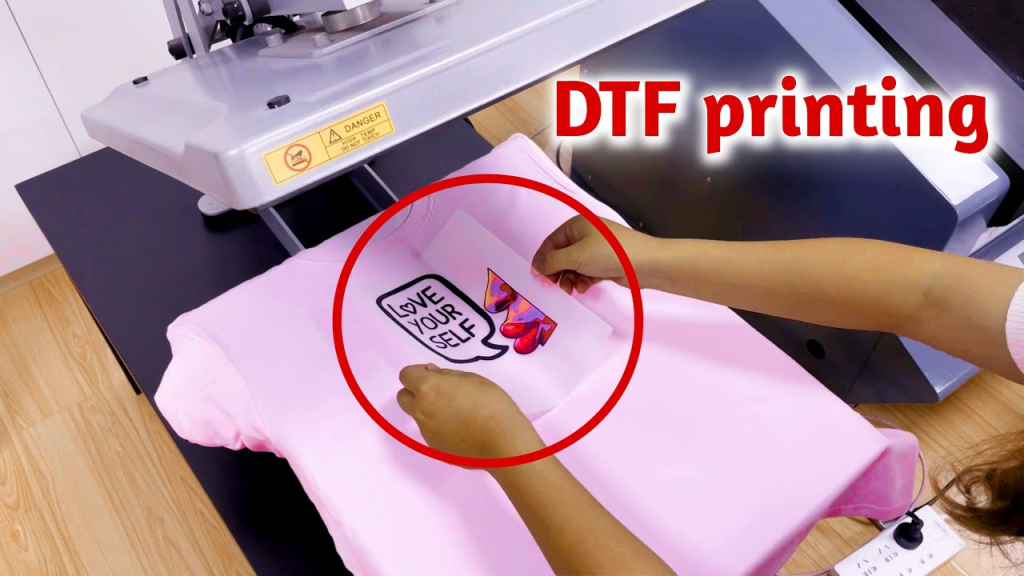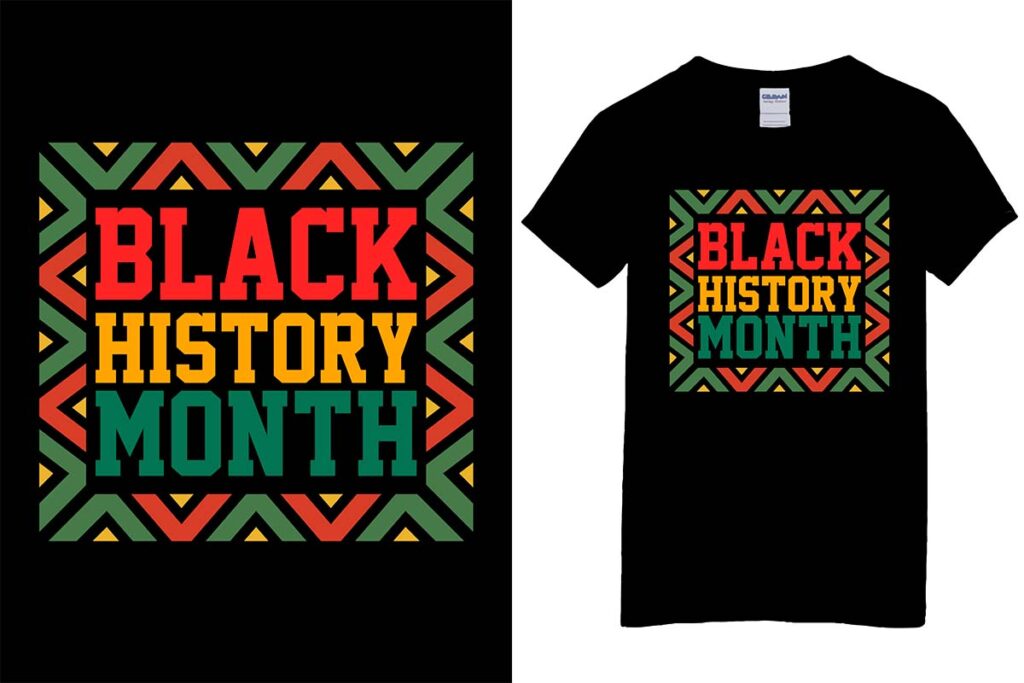DIY DTF printing, or Direct-to-Film printing, has emerged as an exciting way for creators to personalize fabric items, making it a must-know technique for DIY enthusiasts and anyone interested in custom fabric printing. This innovative printing method combines ease of use with high-quality results, allowing users to transfer vibrant designs onto various textiles with minimal effort. For beginners exploring how to DTF print, a step-by-step approach can demystify the process and help unleash endless creative possibilities. Whether you’re printing t-shirts, tote bags, or other fabric items, understanding DIY DTF printing will set you on the path to creating stunning apparel. Get ready to delve into the world of DIY printing techniques and transform your ideas into wearable art!
Exploring the realm of DIY printing, particularly through direct-to-film methods, opens the door to creative opportunities for fabric personalization. This approach involves using specialized films to capture and transfer detailed graphics onto textiles, providing a flexible alternative for those interested in custom fabric design. About crafting effortless prints, many are eager to learn how such innovative direct-to-film processes operate and what essential materials are required for success. As people seek guidance in navigating these advanced printing techniques, they can find themselves captivated by the potential for unique apparel creation. By embracing these methods, anyone can become a proficient fabric printer, enhancing their crafting journey!
Getting Started with DTF Printing for Beginners
For those venturing into the world of **DTF printing for beginners**, it’s crucial to understand the basics of the process. This printing method not only allows you to create stunning custom designs but also empowers you to experiment with various materials and techniques. Familiarizing yourself with the required equipment is the first step; investing in a reliable DTF printer and transfer film is essential for achieving high-quality results. Furthermore, leveraging resources such as online tutorials can significantly enhance your skills and broaden your knowledge about DIY printing techniques.
As you begin your DTF printing journey, preparation is key. Ensuring that you have all materials at hand, including DTF inks and adhesive powder, will streamline the printing process. Beginners should prioritize setting up their workspaces for both safety and efficiency, as this can greatly affect the overall experience. Embrace the learning curve and be prepared to troubleshoot common issues, as honing your skills will come with practice and dedication.
A Comprehensive Guide to Direct to Film Printing
**Direct to Film printing** (DTF) is an innovative and versatile technique that stands out in the world of fabric printing. Unlike traditional methods, DTF allows you to achieve vibrant colors and intricate details on a variety of materials. This printing process starts by creating a design, which is then printed onto a special film that acts as a transfer medium. As you explore DTF printing, understanding the nuances of film quality and printer settings will contribute to the success of your projects.
In the DTF printing process, one of the most critical aspects is the curing of the adhesive powder. This step determines how well your design adheres to the fabric and its longevity over time. By mastering the curing process, print enthusiasts can create durable and wash-resistant items that keep their brilliant colors intact. This versatility in application makes DTF printing a popular choice among businesses and hobbyists alike, offering exciting potential for custom fabric printing.
Essential Materials for DIY DTF Printing
To achieve effective results in **DIY DTF printing**, gathering the right materials is foundational. You’ll need a compatible DTF printer, usually an inkjet model, and the appropriate DTF transfer film. Unlike regular printing, DTF requires specialized inks that are specifically formulated for vibrant color output and adhesion to the transfer film. Ensuring that you have high-quality materials is crucial to producing successful designs that stand the test of time.
In addition to the printer and film, don’t forget essential components like hot-melt adhesive powder and a reliable heat press machine. The adhesive is pivotal to ensuring your designs bond firmly to fabric surfaces. Moreover, understanding the recommended temperatures and durations for heat pressing will enhance the quality of your final product. By choosing high-quality materials and following recommended practices, you set yourself up for triumph in the world of DIY DTF printing.
The Step-by-Step Process of DTF Printing
Embarking on a **DIY DTF printing** project can be broken down into manageable steps, making the process less daunting for newcomers. Start by creating or selecting a design that you intend to print; using high-quality graphic design software can help you attain your desired aesthetic. Remember to set your artwork in the right format and dimensions to ensure a sharp, clear image when printed. This careful preparation is essential for achieving professional-looking results.
After finalizing your design, proceed to print it onto your DTF transfer film, ensuring you select the correct printer settings. Printing in reverse is a vital step often overlooked, as it ensures that your design is oriented properly when transferred onto the fabric. Each step builds on the previous one, creating a sequential learning experience that will bear fruit as you gain confidence in your DTF printing skills.
Tips for Success in DTF Printing
As with any craft, there are valuable **tips for beginners** that can facilitate a smooth experience with DTF printing. Start by experimenting on scrap fabrics to refine your technique and familiarize yourself with printer and heat press settings. This practice phase can minimize costly mistakes and enhance your understanding of how to achieve optimal print results. Moreover, don’t hesitate to take notes on what works and what doesn’t during your sessions.
Quality control is another critical aspect of successful DTF printing. Regularly inspect your equipment and materials to ensure they are in good working condition. This vigilance can prevent issues such as ink smudges or ineffective transfers, ensuring that every creation meets your standards. Alongside this, maintaining safety precautions while using heat equipment is paramount for preventing accidents and ensuring a safe working environment.
Exploring Advanced Techniques in DTF Printing
Once you’ve mastered the fundamentals, you may want to delve into advanced **DIY printing techniques** that elevate your DTF projects. Techniques such as layering colors or experimenting with different fabric types can give your prints unique textures and vibrant finishes. Engaging with online crafting communities or forums can provide inspiration and innovative ideas to keep your printing skills diversified and exciting.
You can also consider integrating additional elements into your designs, such as embellishments or mixed media, which can create stunning visual impacts. By learning from experienced DTF printers or through tutorial videos, you can continuously expand your abilities, enabling you to create not just clothing but also intricate art pieces and custom gifts tailored to any audience.
Frequently Asked Questions
What is DIY DTF printing and how does it work?
DIY DTF printing, or Direct-to-Film printing, involves creating vibrant, durable designs that are printed onto a transfer film and then transferred onto fabric using heat. This technique allows for high-quality images on various fabrics like cotton and polyester, making it ideal for custom apparel and craft projects.
What materials do I need for DIY DTF printing?
For successful DIY DTF printing, you’ll need a DTF printer, DTF transfer film, high-quality DTF inks, heat-activated adhesive powder, a heat press machine, and suitable fabric items like t-shirts or tote bags.
How do I create a design for DIY DTF printing?
To create a design for DIY DTF printing, use graphic design software such as Adobe Illustrator or Photoshop. Ensure your design is in PNG format and sized appropriately for your project. Remember to print the design in reverse to ensure proper transfer.
What is the step-by-step process of DIY DTF printing?
The process of DIY DTF printing includes: creating a design, printing it onto DTF transfer film, applying adhesive powder, curing the adhesive with heat, transferring the design to fabric using a heat press, peeling the backing, and performing a final cure for durability.
What are some tips for beginners in DIY DTF printing?
Beginner tips for DIY DTF printing include practicing on scrap fabrics, ensuring your printer and heat press settings are correct, and taking safety precautions when working with heated equipment to prevent injuries.
Where can I find more resources for learning DIY DTF printing techniques?
For more learning resources on DIY DTF printing techniques, consider exploring YouTube tutorials, crafting blogs, and reputable crafting websites. These platforms offer updated guides, community advice, and inspiration for advanced DTF printing.
| Key Point | Details |
|---|---|
| What is DTF Printing? | DTF printing (Direct-to-Film printing) is a method to transfer designs onto fabrics for vibrant, durable prints. |
| Materials Needed | – DTF Printer – DTF Transfer Film – DTF Inks – Adhesive Powder – Heat Press Machine – Fabric Items |
| Step-by-Step Process | 1. Design Creation 2. Print the Design 3. Apply Adhesive Powder 4. Cure the Adhesive 5. Transfer to Fabric 6. Peel the Backing 7. Final Curing |
| Tips for Beginners | – Practice on scrap fabrics – Check equipment for quality control – Always take safety precautions |
| Conclusion | DIY DTF printing is an accessible and rewarding craft that produces unique apparel and gifts. Follow the guide to master the technique and enjoy creativity with DTF printing. |
Summary
DIY DTF printing is an exciting way to create personalized, high-quality fabrics right from your home. This innovative technique allows beginners to produce vibrant transfers that can be applied to a variety of materials, including t-shirts and tote bags. By following the detailed steps outlined in the guide, anyone can become proficient in DTF printing, utilizing materials like a DTF printer, transfer film, and adhesive powder. Not only is this method cost-effective compared to professional printing, but it also opens up endless creative possibilities, allowing you to express your unique style. As you embrace DIY DTF printing, you’ll find joy in crafting one-of-a-kind pieces that showcase your artistic vision.



